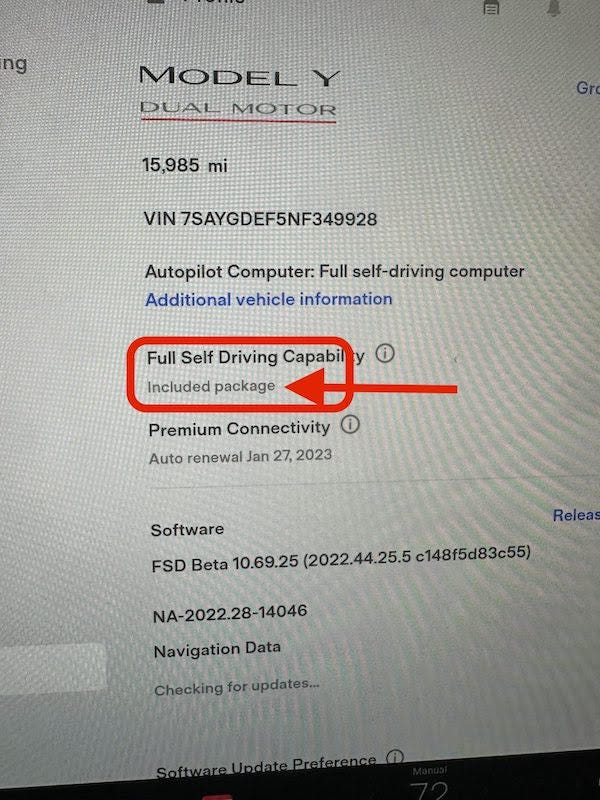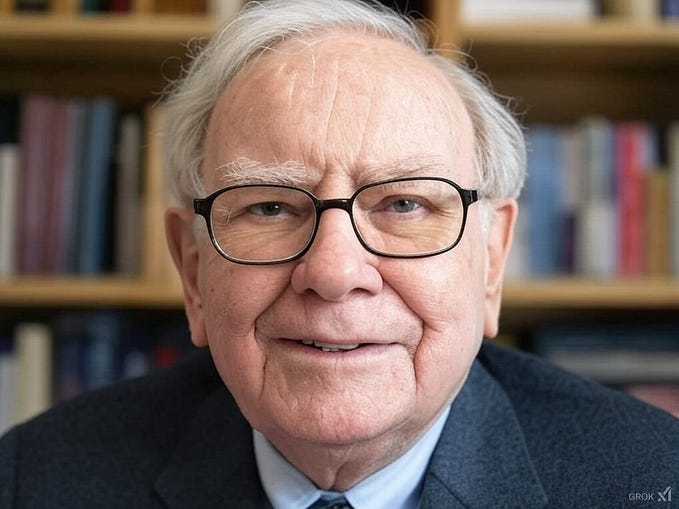Is Now an Ideal Time for Tesla to Introduce a Model Y with 500 Miles of Range?

As there are rumors surrounding new Model Y configurations with improved range, we have to extrapolate whether it’s feasible or even possible for Tesla to achieve significant range advancements today.
Hypothetically, the automaker could build an extremely long-range variant of its most popular SUV.
A large structural battery pack made up of next-generation 4680 battery cells could theoretically enable a Model Y that would become the first electric vehicle with a rated 500-mile range.
Yet, that’s not the Model Y currently being discussed by numerous outlets. Reportedly, there are two distinctive new vehicles being built at Giga Shanghai and Giga Texas.
The Giga Shanghai Model Y is purported to net 640km on the NEDC standard, which is nonetheless a minimal improvement over the 594km NEDC-rated range of Model Y Long Range All-Wheel Drive; converted, this would be a roughly 20-mile increase.
A more logical explanation is that the new Giga Shanghai configuration in question is rated on a different cycle that’s consistently less demanding than EPA estimates, and either benefits from improved manufacturing or a slightly larger battery pack. It’s unlikely that Giga Shanghai is utilizing 4680 cells, therefore we can discard the possibility of any significant advancements.
On the opposite end of the spectrum we have a Model Y being tested by Tesla employees in North America that have reported that the vehicle is capable of a 500-mile range.
This does seem quite possible, led partially by idealistic climate conditions and primarily from the innovation brought forth by 4680 battery cells.
The rumor loses some degree of credibility by suggesting that Tesla is software-limiting its latest Model Y AWD base model, which is exclusively built at Giga Texas using 4680 cells and is EPA-rated at 279 miles. There would be minimal incentive for Tesla to install a larger battery pack than necessary, even if the vehicle carries a $62,990 starting price.
While it wouldn’t be the first time that the automaker has released what amounts to a Standard Range configuration that utilizes a battery capacity which is artificially limited, there’s too large of a range discrepancy for it to be plausible.
That’s not to say it isn’t possible to build a Model Y with more range using Tesla’s next-generation 4680 cells, which are already in production in a limited pilot program.
4680 cells present a 54% prospective increase in range as well as weight reduction, enabling a new generation of Tesla’s vehicles — one day.
Model Y AWD showcases at least one of the potential benefits of Tesla’s 4680 battery cells: the greatest efficiency of any electric vehicle to date.
It was recently discovered that Model Y AWD is estimated to carry a 50kWh battery pack. Thus, if accurate the vehicle is averaging over five-and-a-half miles per kWh.
For reference, the current Model Y Long Range All-Wheel Drive carries a 75kWh battery pack and can travel an EPA-rated 326 miles miles. That represents just over four miles per kWh, which is around average for an electric vehicle. The latest Model S comes with a 100kWh battery, like the P100D variants before it, and travels an average of 375 miles — or 3.75 miles per kWh.
5.5 miles per kWh without extreme efficiency measures is frankly a major innovation in itself.
Rather than build a long-range vehicle, Tesla chose to create its most efficient vehicle with its smallest battery pack to date utilizing minimal materials and a lessened cost.
Normally, a smaller battery pack would mean a markedly cheaper price. A high-demand automotive market showing preference towards electric vehicles and Tesla in particular means that the automaker can simply test its latest battery cells in a production vehicle without passing on cost savings in any meaningful capacity.
That leaves Tesla in a remarkable position. If 4680 cells were incorporated into a larger Long Range battery pack, then they would demonstrate significantly improved range.
By our estimate, that would provide a 400-mile range in comparison to current models with a 75kWh structural battery pack made up of 4680 battery cells.
If we go a step further with an even larger battery pack matching Model S or Model X with 100kWh, then a 500-mile range isn’t out of the question.
Tesla could have released a Model S with 600 miles of range in 2021, but Elon Musk found that 400 miles of range is the usable ceiling since drivers will inevitably have to stop to recharge themselves with travel breaks. Provided the charging network is comprehensive enough, then more range becomes redundant.
Yet, there are internal-combustion engine cars that have a fuel tank capacity exceeding a 600-mile range. Some of the most ambitious long-distance drivers may prefer to have the extra ceiling, even if they don’t need it in practicality.
The more significant dilemma that Tesla faces in creating vehicles with exceedingly high levels of range and therefore large battery packs is that those same resources could be put into creating a higher volume of vehicles.
In other words, it makes more fiscal sense and better serves Tesla’s mission to build two electric vehicles with a 50kWh battery rather than one electric vehicle with a 100kWh utilizing the same amount of resources.
We could go a step further with the example of a 150kWh battery pack, which would enable an extreme range rating of over 500 miles but also use up over three times as many materials compared to producing a battery pack for a Standard Range vehicle.
Supply chains are already constrained, including the precious metals that are used in battery production. This isn’t an ideal time to introduce vehicles that have more range than a majority of consumers will need.
While Tesla already has the technical capability to do so, it may take competitive pressure for the automaker to cave in and offer a significantly higher range than the current maximum of nearly 400 miles on Model S.
Even the upcoming second-generation Tesla Roadster, which was quoted at 620 miles of range, may start with less range than anticipated.
That leaves Model Y with the exciting prospect of a new Long Range configuration utilizing a structural battery pack that surpasses Tesla’s current max range offerings, but we may not see it until 4680 cells reach volume production over the next 2–3 years.
__________________
Interested in Listing or Upgrading YOUR Tesla? The BEST place to get TOP dollar for your used Tesla. MADE IN NYC
Tesla currently has extremely limited new inventory available for immediate purchase, and used vehicles across the automotive industry are selling for an average of $5,000 over market value.
Browse the listings now: Only Used Tesla
Buy or list your premium electric vehicle: Only EV
Or feel free to contact us directly at contact@onlyusedtesla.com today!










